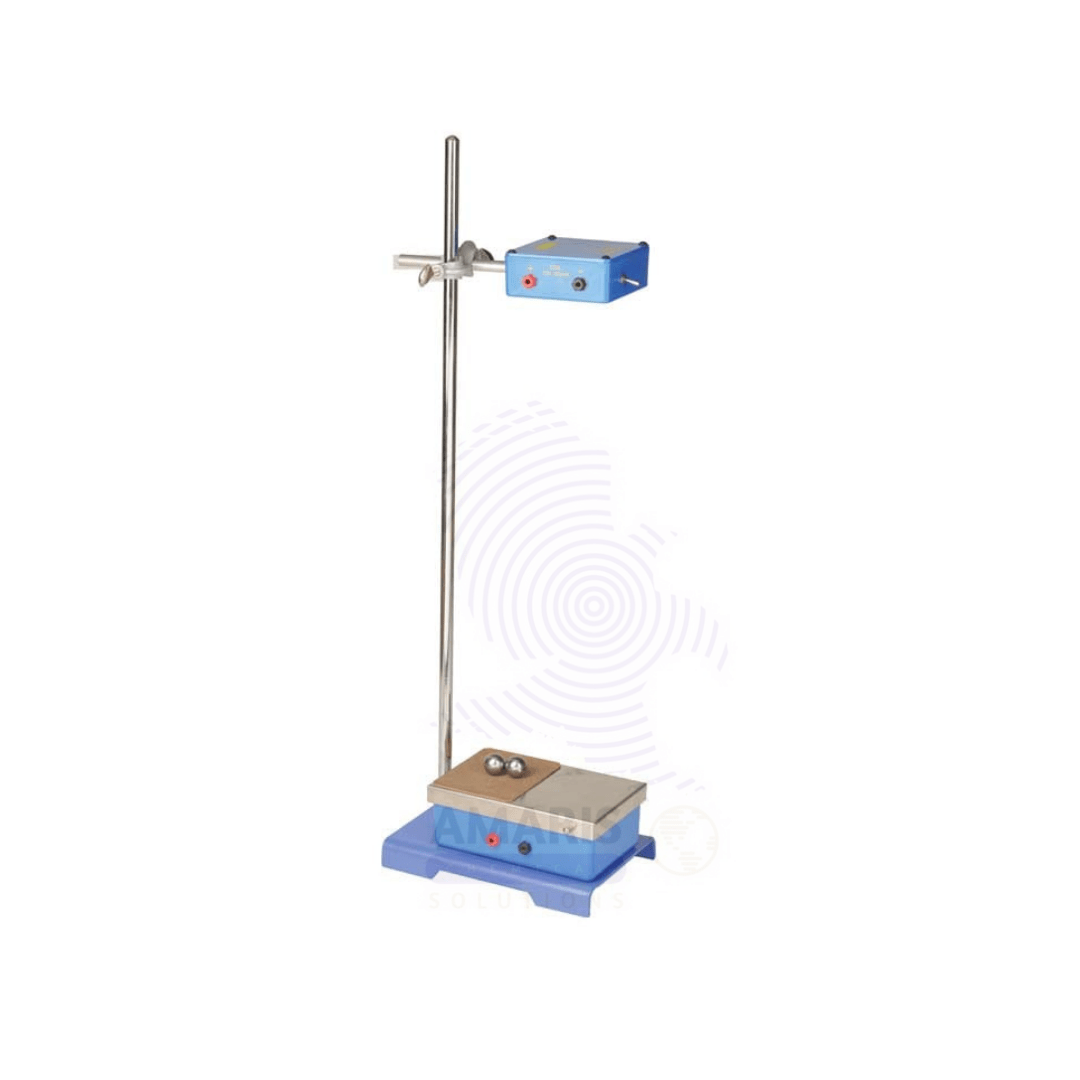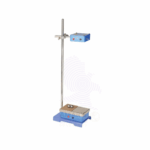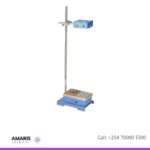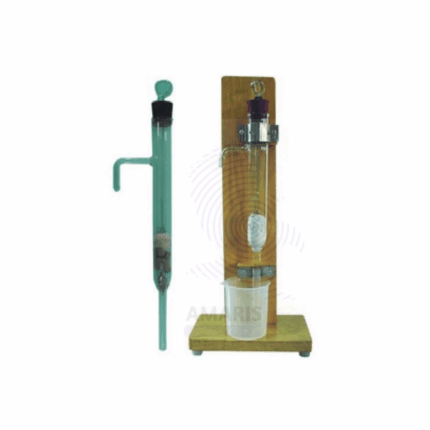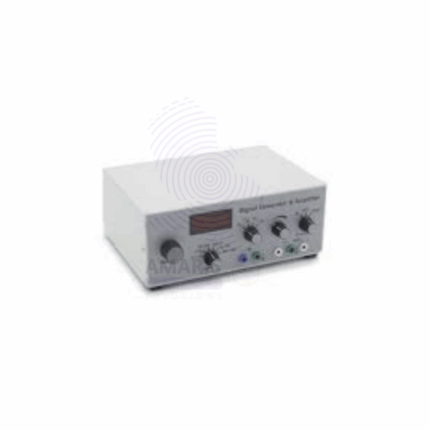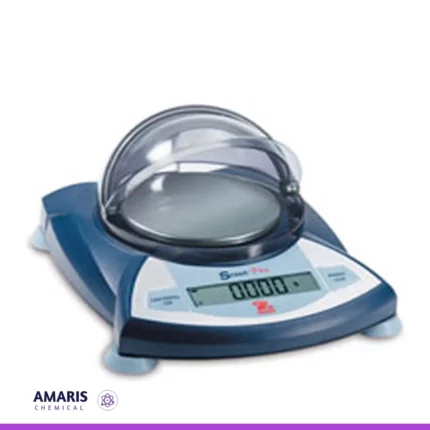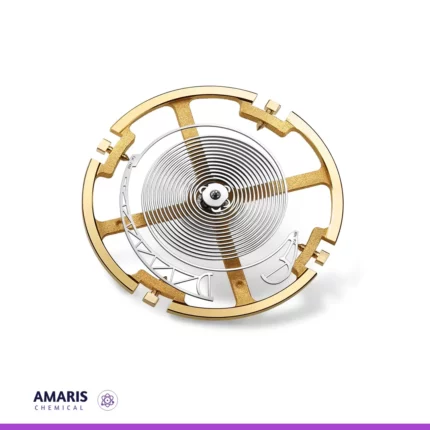Free Fall Apparatus
$0.01
A free fall apparatus, often used in physics experiments, is a device designed to study the motion of an object falling freely under the influence of gravity alone, without any significant air resistance. It typically consists of a tall vertical track along which objects can fall, with sensors and timers to measure various aspects of the falling object’s motion, such as its velocity, acceleration, and time of descent.
One common type of free fall apparatus is a simple setup involving a vertical tube or rail along which a small object, such as a ball or a feather, can fall. Sensors at the top and bottom of the tube detect the passage of the object and measure the time it takes to fall. By analyzing the data collected from these sensors, physicists can calculate the object’s acceleration due to gravity and verify the principles of motion described by Newton’s laws.
More sophisticated free fall apparatus may incorporate additional features, such as electromagnets to release the falling object at precise moments, or vacuum chambers to reduce air resistance and create conditions closer to true free fall. These setups enable researchers to conduct more precise experiments and explore the effects of factors like air resistance on falling objects.
Use of Free Fall Apparatus
Measurement of gravitational acceleration:
By timing the free fall of an object, physicists can accurately measure the acceleration due to gravity (g) in a particular location. This is typically done by analyzing the motion of a freely falling object over a known distance.
Verification of kinematic equations:
Free fall experiments provide a practical way to verify the kinematic equations of motion, such as those derived from Newton’s laws of motion. These equations describe the relationships between an object’s initial velocity, acceleration, displacement, and time during free fall.
Study of air resistance:
Free fall experiments can be conducted in both regular air and in vacuum conditions to observe the effect of air resistance on falling objects. By comparing the motion of objects falling in air with those falling in a vacuum, researchers can quantify the impact of air resistance on the acceleration and velocity of the falling object.
Demonstration of terminal velocity:
In experiments involving falling objects in air, researchers can observe the concept of terminal velocity—the maximum velocity reached by an object falling through a fluid (such as air) when the upward force of air resistance balances the downward force of gravity.
Analysis of motion under uniform acceleration:
Free fall apparatus allows for the precise measurement and analysis of motion under uniform acceleration, as objects falling freely experience constant acceleration due to gravity. This provides insights into the behavior of objects in the absence of external forces other than gravity.
Educational demonstrations:
Free fall experiments are commonly used in educational settings to teach students about fundamental principles of physics, such as gravity, acceleration, and motion. These demonstrations provide students with hands-on experience and help reinforce theoretical concepts.

